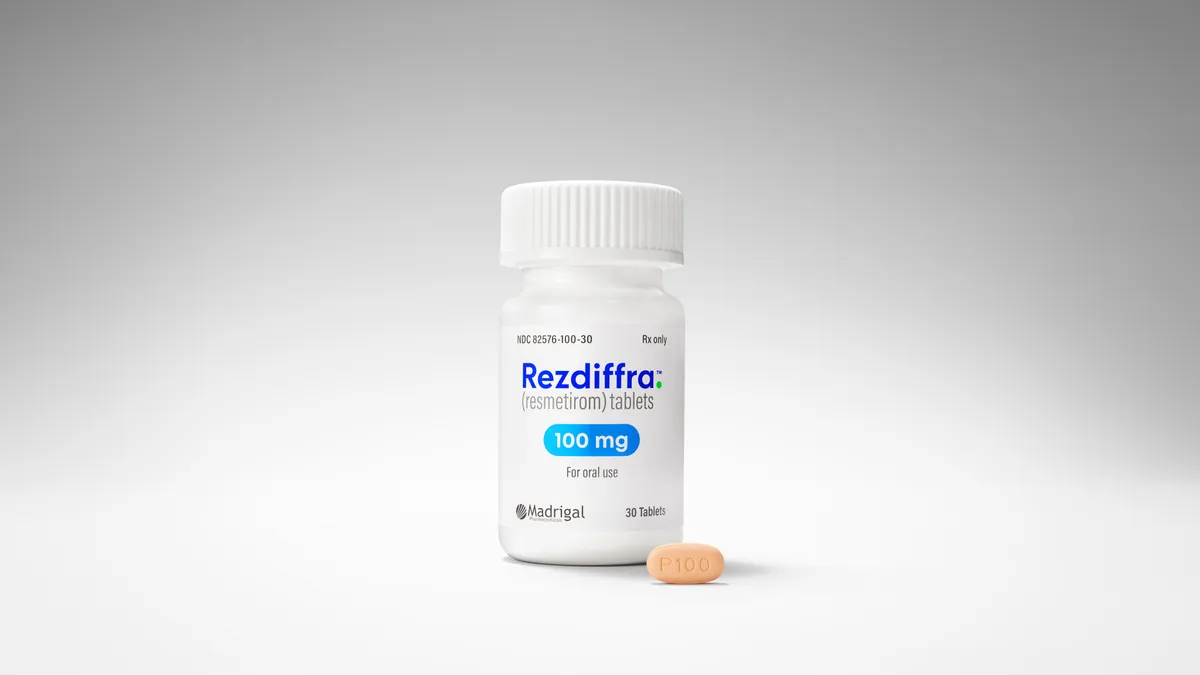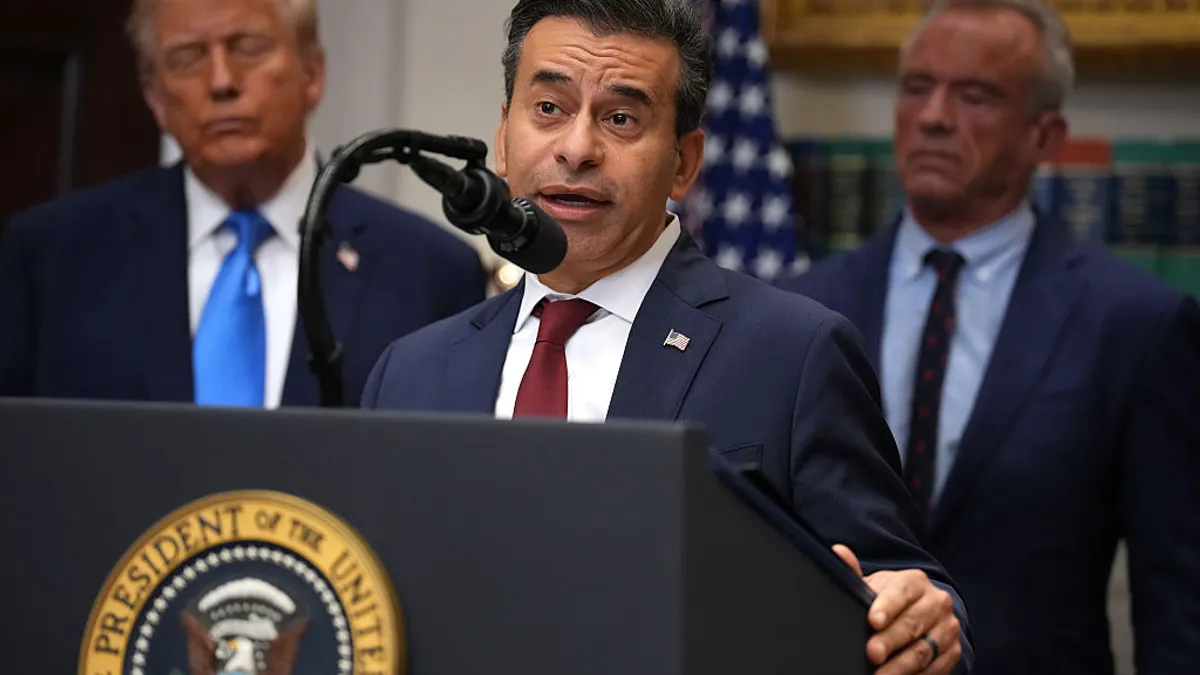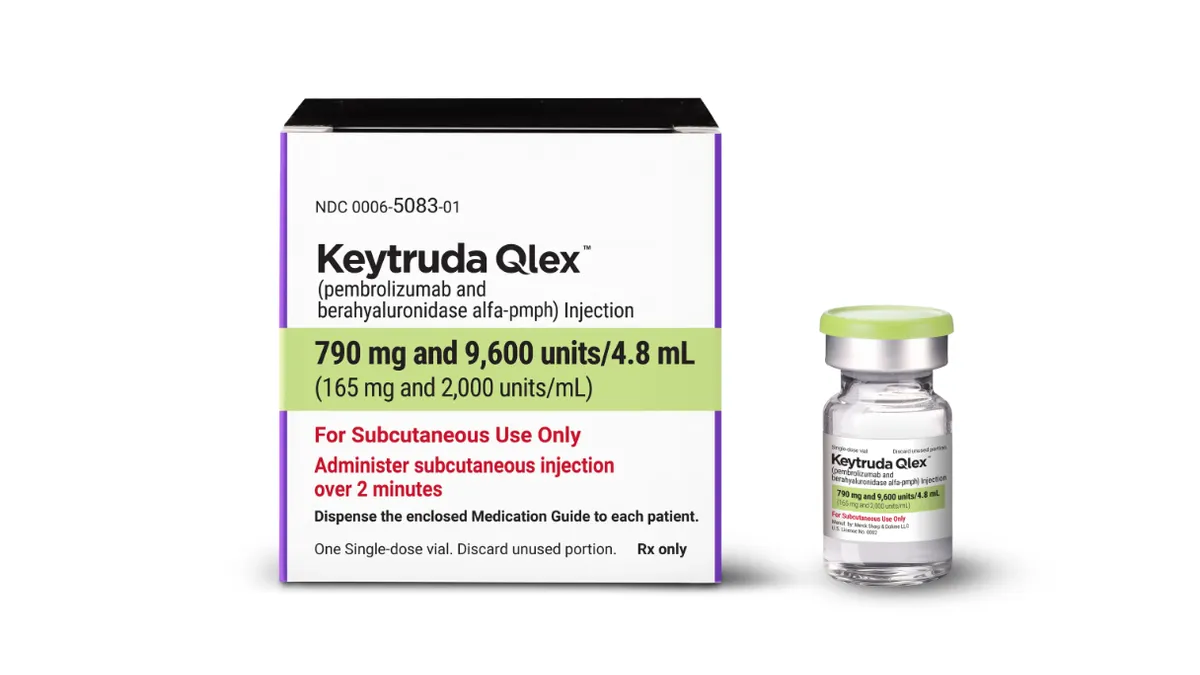Two portraits, or perhaps stereotypes, of rural Appalachia exist. One conjures images of winding country roads connecting idyllic Leave-It-To-Beaver towns hidden in the shadows of rugged mountain ranges. The other brings to mind rusted suspension bridges, buckling wooden homes and desolate mining towns beneath clouds of dust.
The real picture of Appalachia and the people who live there is multi-dimensional, and solving the health disparities in the region, including high lung-cancer mortality rates, requires nuanced solutions, says Richard Martin, a medical oncologist at Meharry Medical College in Nashville, Tenn., and soon-to-be president of the Tennessee Oncology Practice Society.
The region, comprising parts of 13 states from Alabama to Ohio, has the highest rate of lung cancer mortality in the country — compared to the rest of the U.S., that’s 25% higher for men and 8% for women.
Those numbers are particularly striking considering lung cancer accounts for roughly a quarter of all cancer deaths in the U.S. and has an average five-year survival rate of 17.7%. While mortality rates for the disease have slowly decreased in other areas of the country over the last half century due to healthcare advancements and screening programs, they’ve steadily increased in Appalachia.
There isn’t a sole cause for the divergence. Poverty, high rates of obesity and tobacco use, environmental factors, lack of screening and poor access to healthcare all play a part. But one approach — early and regular screening for the disease — could help dramatically decrease the mortality rate, Martin says. One study found that in patients where lung cancer is caught early, survival rates can reach as high as 55.2%.
Now, a new initiative by the Association of Community Cancer Centers — a network of over 28,000 healthcare practitioners nationwide — aims to bring together a variety of healthcare and biopharma partners, including AstraZeneca and Bristol Myers Squibb, to increase lung cancer screenings in rural Appalachia with the goal of lowering mortality.
Bristol Myers Squibb is providing financial backing to the Appalachian Community Care Alliance, an effort to address challenges to providing cancer care in rural Appalachian communities, while AstraZeneca is specifically supporting the Rural Appalachian Lung Cancer Screening Initiative.
“It may not fix everything, but only 4% or 5% of patients who are currently eligible for lung cancer screening are getting it,” says Martin, who conceived of and is spearheading the screening initiative. “We have such a low threshold to make a huge difference. We don't necessarily expect to capture the other 90% to 95% in the next five years. If we could just show that we've doubled or tripled that range to 10% or 15% … that's a big step forward that's going to galvanize even more momentum.”
Unique approach
Screening initiatives to address lung cancer mortality in Appalachia are nothing new. The difference this time, however, is ACCC and its partners' commitment to creating solutions that local communities can continue to implement long after the initiative is over.
“We’ve had years now of people trying to go into communities to just offer something. It works in the short term, and they can get a publication to say, gosh, we brought some CT scanners to this community and everybody got a scan. That’s great, but we're trying to figure out how we make this sustainable,” Martin says. “How do we actually change communities and change healthcare systems to be resilient and self-actualized? How do we deliver this thing on a long-term basis instead of us coming in and being the difference?”
The initiative’s wide array of partners is key to that mission. The goal, Martin says, is to bring together several types of physicians — from primary care to pulmonologists to radiologists — as well as patient navigators, community advocates and drug companies to create a “playbook for how to comprehensively address barriers to lung cancer screening.”
AstraZeneca and Bristol Myers Squibb are a good fit for the alliance and screening initiative as both companies have medications — Tagrisso and Opdivo, respectively — aimed at improving outcomes for non-small-cell lung cancer in certain patients. Once they draw that blueprint, the next step is providing local communities with the resources and support structures to actually implement it, screen patients, and set up pathways to treatment or closer examination for individuals who screen positive.
“You can't just look at the Appalachian region and look at low [screening] numbers and say barriers, barriers, barriers, and think that it's a one-size-fits-all."

Richard Martin
Medical oncologist at Meharry Medical College
Most of the initiative’s leaders, particularly from the ACCC, are volunteers. That’s part of the reason why AstraZeneca’s and Bristol Myers’ participation is so integral, Martin says.
“When we were trying to figure out how we could launch this in a way that could be sustained beyond just passionate individuals like myself volunteering their time, we thought about who stands to benefit, in a good way, of shifting the cancer curve in lung cancer to earlier diagnosis,” he says.
“We realized there are certain drugs that now have labels in that earlier space where it stands to reason that if we can move patients to that earlier space, those companies would still be able to prescribe their drugs and be the leader in prescribing,” he added.
So far, AstraZeneca has provided seed funding for the initiative but Martin expects they and Bristol Myers Squibb could play an integral role on the advisory board.
“Everybody's going to have their specialty and a focus for the hats that they wear, and I suspect that AstraZeneca and Bristol Myers Squibb are really going to be partnering and make sure that providers and patients understand that these agents now have a role in that adjuvant setting or neoadjuvant setting,” he says. “I hope they will ensure that providers don't under treat, or not utilize the guidelines effectively.”
Heightened pressure
While the ACCC has mapped out goals for the next three years of the initiative, it is still in early stages.
“This initial six months is really about getting all of the stakeholders at the table to understand the comprehensive barriers that exist,” Martin says. Eventually, the hope is to create resources, including a best practices action plan for communities and medical practices of similar needs.
While Appalachia is often thought of as one homogenous region, Martin says barriers to access in various cities and towns differ greatly. Just in Nashville, he notes that the access challenges faced at Vanderbilt University Medical Center — “a large academic center with lots of money and lots of research going on” — and the hospital he works at, Meharry Medical College — a historically black college and university medical center — vary immensely.
“You can't just look at the Appalachian region and look at low [screening] numbers and say barriers, barriers, barriers, and think that it's a one-size-fits-all. What we're looking to do is actually take data from these different health systems and different communities that are catchment areas for those systems and build patterns around commonalities to say Clarksville, Tenn. is very similar to Charleston, S.C is very similar to this other community, maybe Louisville or Bowling Green, Ky.,” he says.
Despite being in the early stages of kickstarting the initiative, Martin says he’s already feeling the pressure to deliver. On May 11, the White House announced the Rural Appalachian Lung Cancer Screening Initiative would become part of President Biden’s Cancer Moonshot initiative, with the goal to decrease the cancer death rate by at least 50% over the next 25 years.
“To see what initially was a kernel of an idea galvanized in our community and in our region keep getting support, to now getting up to the level where it's an initiative that has the pulse of the Cancer Moonshot — it's just amazing,” he says.
“Now to be on that agenda, where the stakes are seemingly so high, where people are expecting cures, is a lot and you want to deliver on it. I think if anything, it just says we're headed in the right direction with this approach.
Editor’s note: This story has been corrected to reflect that the Appalachian Community Cancer Alliance and the Rural Appalachian Lung Cancer Screening Initiative are separately funded. Bristol Myers Squibb has provided funding for the Alliance, while AstraZeneca is supporting the screening initative.

















